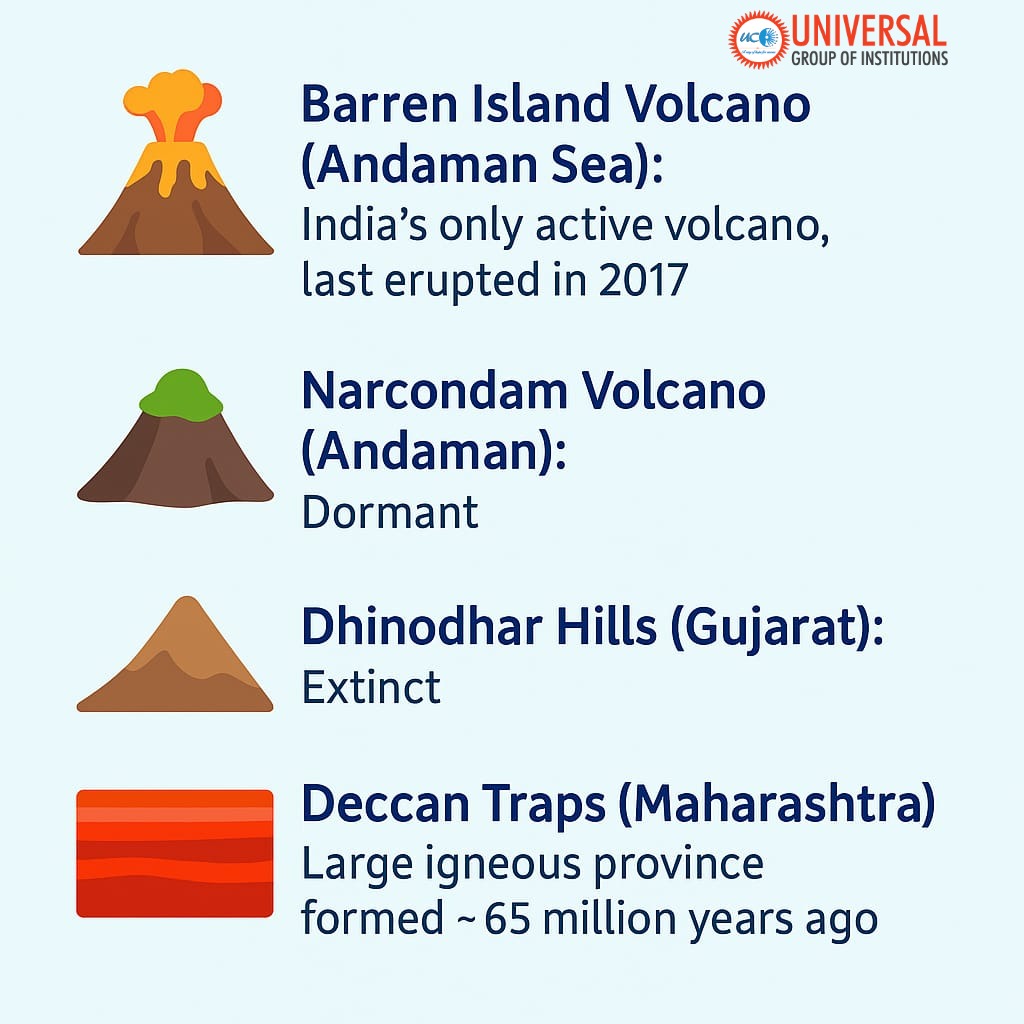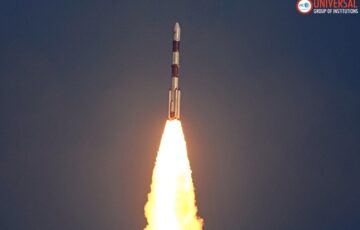Mount Lewotobi Eruption – 17 June 2025
Mount Lewotobi Erupts: Ash Cloud Reaches 11 km High
Strategic Geography | Environment & Ecology | Disaster Management
Recent Event:
On 17th June 2025, Indonesia’s Mount Lewotobi Laki-Laki, an Indonesian active volcano located in Sikka Regency of East Nusa Tenggara, violently erupted, spewing a massive ash column 11 kilometres high into the sky. This volcanic eruption prompted authorities to promptly raise the alert level to IV, the highest in Indonesia’s four-tier volcanic warning system, urging evacuations in nearby villages like Talibura. The volcanology agency issued a red level alert and implemented a danger zone around the volcano to ensure public safety.
About the Volcano:
- Name: Mount Lewotobi (Laki-Laki – “Male”; part of the Lewotobi twin volcano complex with Lewotobi Perempuan – “Female”)
- Location: Flores Island, East Nusa Tenggara Province, Indonesia
- Volcano Type: Stratovolcano (584-meter-high mountain)
- Latest Major Eruption: 17 June 2025
Historical Eruptions:
Recorded eruptions in 1819, 1921, 1929, 1935, 1951, 1970, 1980, 1991, and 2003.
Activity usually involves ash explosions, lava flows, and pyroclastic surges, impacting agriculture and settlements. The recent eruption produced a mushroom-shaped ash cloud, causing significant ashfall in the surrounding areas. Local authorities implemented evacuation procedures and advised residents to use respiratory protection due to the volcanic ash.
Why Do Volcanoes Erupt?
Volcanic eruptions occur due to the build-up of pressure from magma beneath the Earth’s crust. In subduction zones like Indonesia (part of the Pacific Ring of Fire), oceanic tectonic plates melt under continental plates, forming magma chambers that can eventually explode through weak points in the crust. Seismic activity often precedes these eruptions, allowing for some level of prediction and geological disaster mitigation.
Volcanoes in India:
India is relatively tectonically stable compared to Indonesia, but it has a few active and dormant volcanoes. Referring to a volcanoes map can provide a clearer understanding of their distribution:
- Barren Island Volcano (Andaman Sea): India’s only active volcano, last erupted in 2017.
- Narcondam Volcano (Andaman): Dormant
- Dhinodhar Hills (Gujarat): Extinct
- Deccan Traps (Maharashtra): Large igneous province formed ~65 million years ago
Volcanic Activity Management:
The recent eruption of Mount Lewotobi has highlighted the importance of effective volcanic activity monitoring and management. The Indonesian volcanology agency works closely with local authorities to:
- Monitor seismic activity and other precursors to volcanic eruptions
- Issue timely warnings and evacuation orders
- Implement danger zones around active volcanoes
- Provide guidance on ashfall mitigation and respiratory protection
- Coordinate with aviation authorities to implement necessary aircraft restrictions
The agency also issues a Volcano Observatory Notice for Aviation (VONA) to ensure air traffic safety during eruptions. These measures are crucial for minimizing the impact of volcanic eruptions on local communities and infrastructure.







